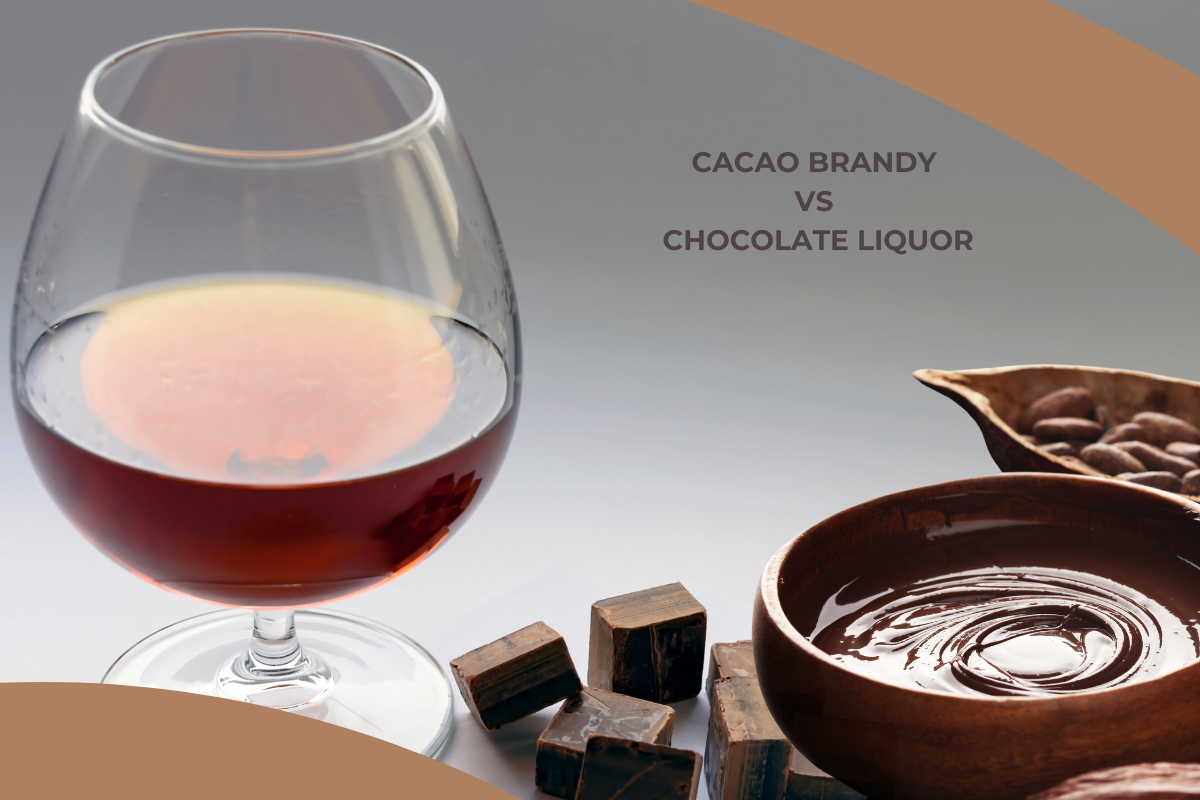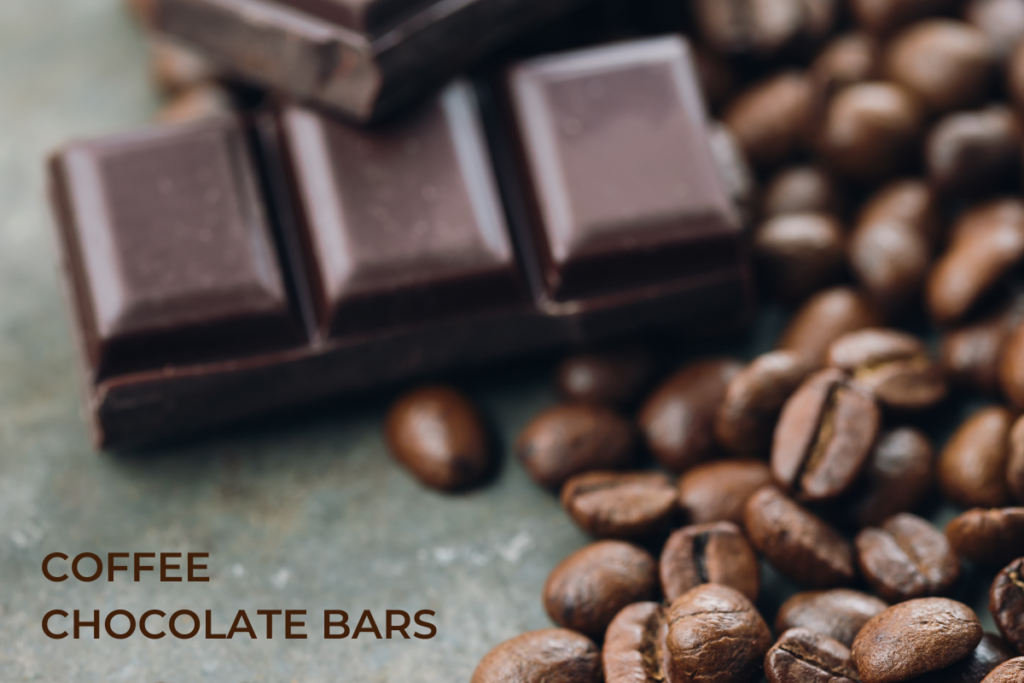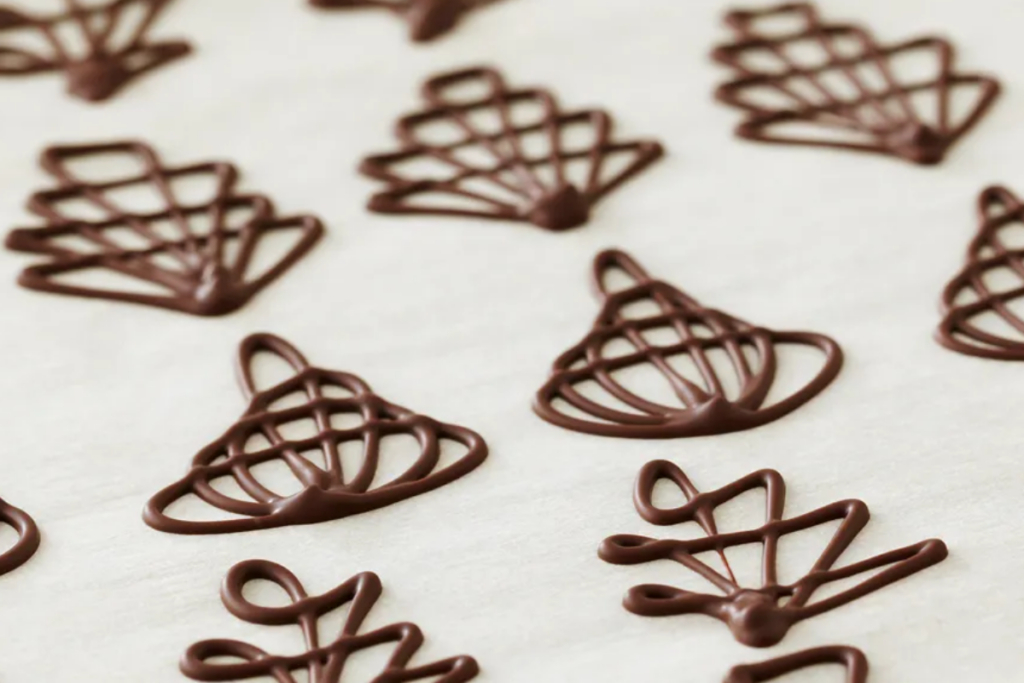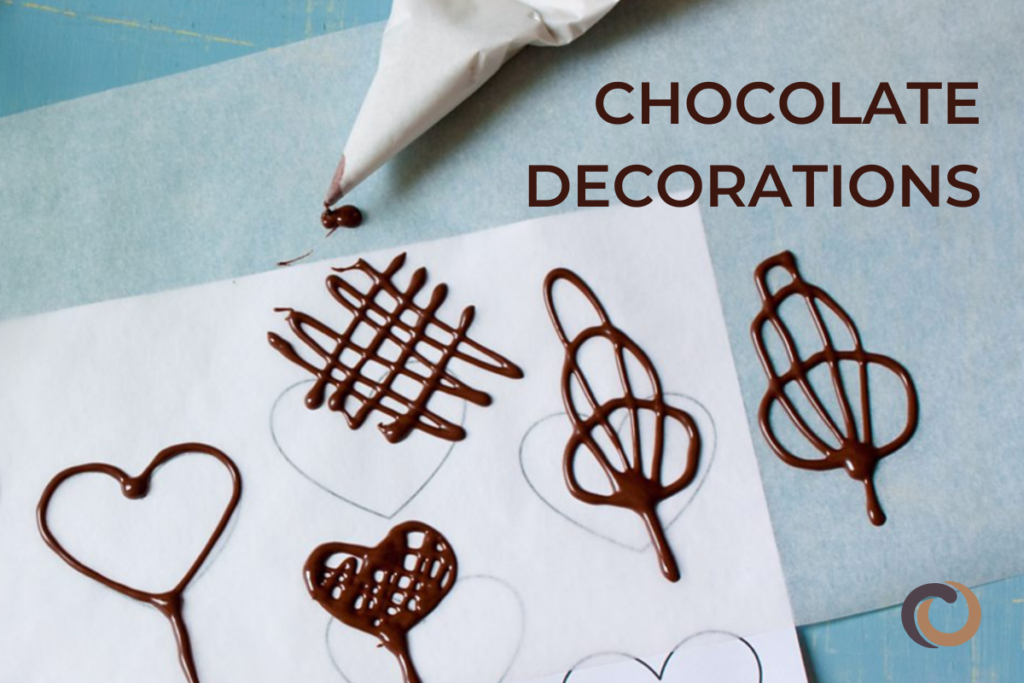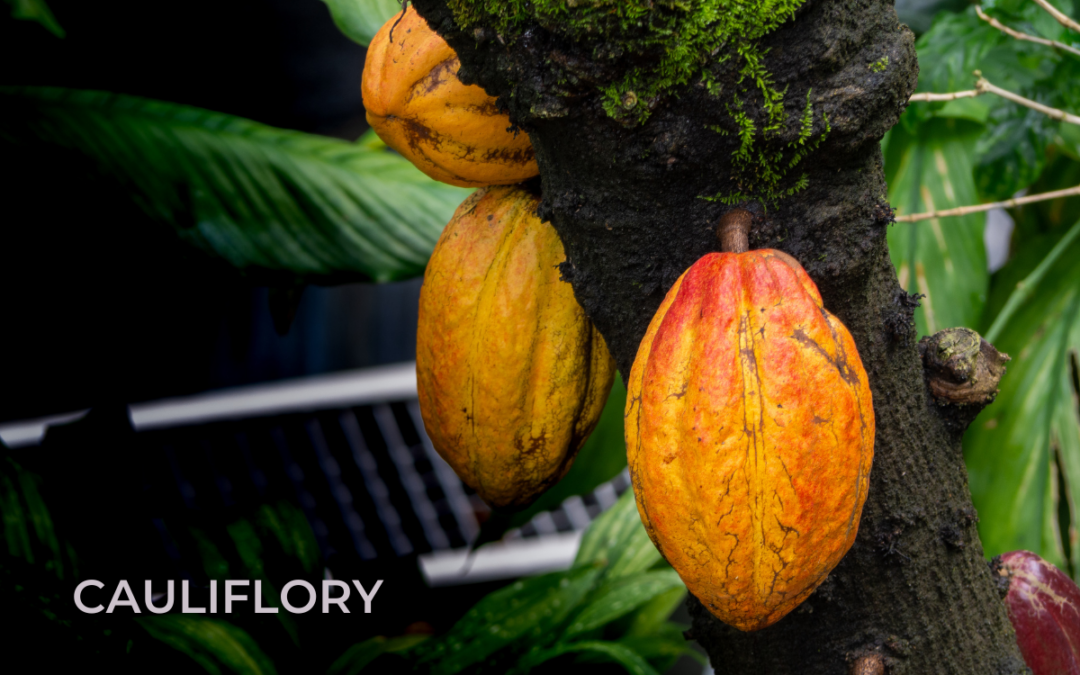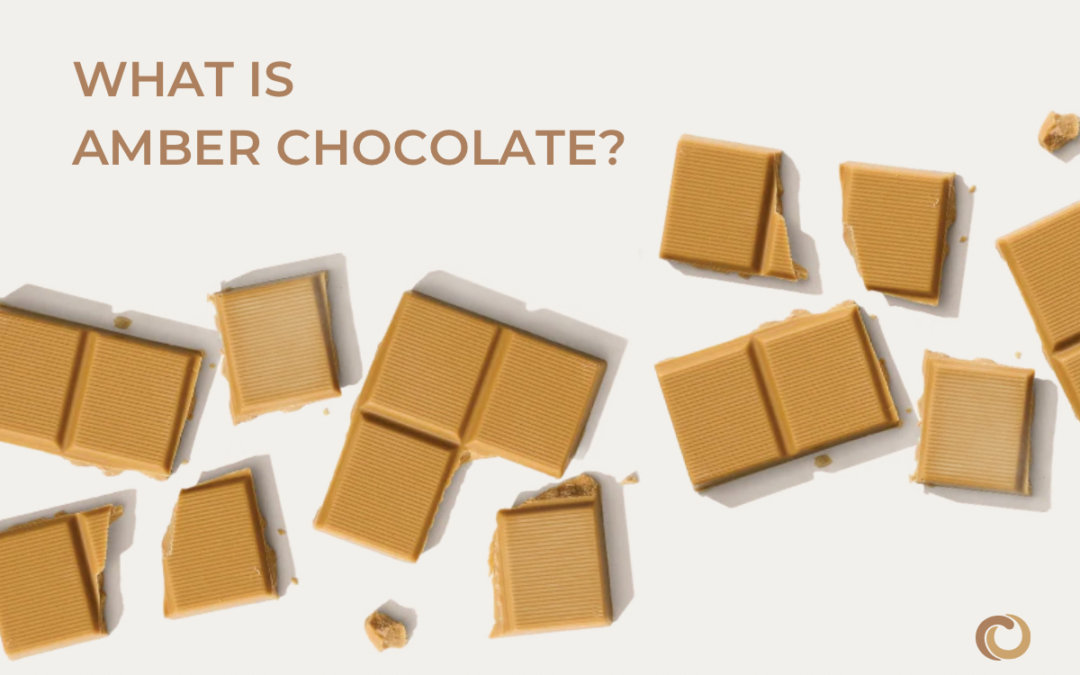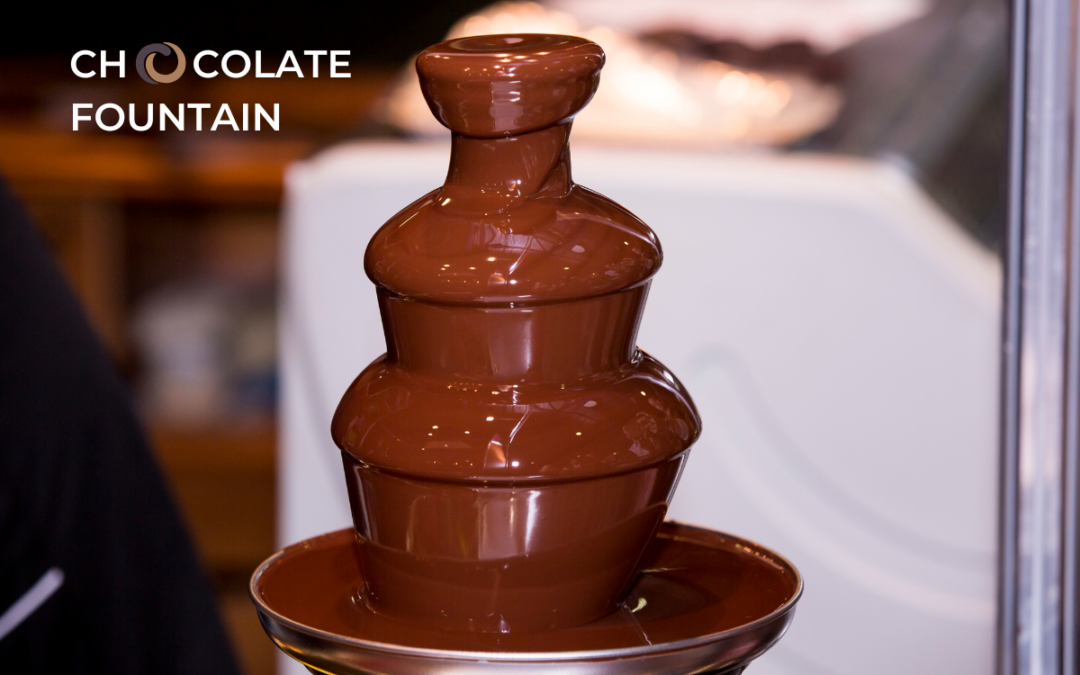Navigating the world of chocolate and cacao, you might come across terms like “Cacao Brandy” and “Chocolate Liquor.” While both contain ingredients that come from cacao beans, they’re used differently and have unique characteristics.
In this blog post, we’ll clarify the differences between them and their specific roles in making chocolate and drinks. Dive in with us to learn more about these interesting cacao products!
What is chocolate liquor?
Chocolate liquor, also known as cocoa liquor, is essentially pure processed cocoa beans in a liquid or semi-solid state. It’s made from cacao seeds that undergo a process of fermentation, drying, and roasting before being separated from their skins. The resulting cocoa nibs are then heated while being ground into a paste to form the “liquor”, which can either be separated into cocoa solids and cocoa butter or cooled and shaped into blocks of pure 100% chocolate. Similar to the composition of the cocoa nibs, chocolate liquor contains both cocoa solids and cocoa butter in roughly equal proportions. Its primary purpose, often in combination with sugar, is for making chocolate.
What is cacao brandy?
Cacao brandy is an alcoholic drink crafted from fermented cacao fruit pulp. Cacao brandy typically contains between 30% and 40% alcohol by volume (ABV), much like conventional brandies. However, the precise alcohol percentage can differ based on the brand and how it’s made.
It holds the flavors of cacao fruit, giving it a special taste that can be sipped on its own or mixed as part of a cocktail. Since cacao brandy is made from the pulp of the cacao fruit, it doesn’t have any chocolate flavor since chocolate is made from the cacao seeds which are not used in making cacao brandy. Cacao brandy should not be confused with “chocolate bandy” or “chocolate liqueur” which is a brandy or spirit made with chocolate flavoring. Cacao brandy is a unique spirit that is becoming more popular with those who appreciate its blend of classic brandy flavor with the rich, tropical taste of cacao. These flavored spirits can be made by either aging the brandy with cocoa nibs or by the addition of chocolate flavoring.
How much alcohol is there in chocolate liquor?
Despite its name, chocolate liquor does not contain any alcohol. It is made purely from ground cocoa nibs and consists of roughly equal parts cocoa butter and cocoa solids. The term “liquor” in chocolate liquor refers to the liquid state of the cocoa mass, not alcohol content. So, there is no alcohol in chocolate liquor.
Making chocolate liquor
The production of chocolate liquor begins with transforming cocoa beans into a smooth, liquid cocoa mass through a series of steps that starts at the farm.
- Harvesting and Fermentation: Cocoa pods are harvested from the cacao tree, and the beans inside are extracted. These beans are then fermented to enhance their flavor.
- Drying: After fermentation, the beans are dried, either under the sun or with specialized drying equipment, to reduce their moisture content.
- Roasting: The dried cocoa beans are roasted to enhance their flavor, similar to the process used for coffee beans.
- Winnowing: Roasted beans are cracked open, and the shell or husks are separated, leaving the cocoa nibs.
- Grinding: The cocoa nibs are finely ground into liquor using specialized grinding equipment such as a melanger or ball mill.
Making cacao brandy
The production of cacao brandy starts with the collection of cacao pulp from the fruit of the cacao tree.
- Harvesting and collection: Cocoa pods are harvested from the cacao tree, and the beans inside are extracted. Some of the sweet, white pulp that surrounds the beans is collected before the beans begin their fermentation process on the way to becoming chocolate.
- Fermentation: To begin the fermentation process, cacao pulp is removed from the cocoa beans shortly after harvest. The cocoa pulp is fermented by yeast which converts the sugar in the pulp into alcohol. The fermentation process results in a “cocoa wine” which can be bottled or further distilled to produce a spirit.
- Distillation: The cocoa wine, which has an alcohol content close to that of traditional wine, is then distilled to produce cacao brandy. The distillation process involves carefully heating the liquid to vaporize the alcohol and then re-condensing the vapor to collect the distilled liquid, which is the cacao brandy.
- Aging: As a final step, the cocoa brandy is aged in oak barrels or other wooden containers to enhance its flavor and aroma. This aging process allows the brandy to mature and develop complexity over time which add to the subtle hints of tropical fruit.
Where to buy cacao brandy?
You can find cacao brandy at specialty liquor stores, big supermarkets, or online shops that sell alcoholic beverages. Some distilleries or breweries might also sell cacao brandy directly, either at their stores or on their websites. If you have a particular brand or type in mind, it’s smart to check different stores or websites to see where it’s available and choose the best option for you.
There is one primary brand of cacao brandy and you’ll have to search around to see if it’s available in your area (there are a couple online shops that sell it):
How to use cacao brandy?
Cacao brandy can be used in various ways, adding a unique twist to both drinks and dishes. Here are some suggestions on when and how to use cacao brandy:
- Cocktails: It is often mixed in tropical cocktail creations.
- Desserts: Add a bit of cacao brandy to chocolate desserts like brownies, cakes, and truffles to boost the chocolate taste and give a warm touch.
- Cooking: Add cacao brandy to sauces, marinades, and meat glazes for a richer flavor. It can give your dishes more depth, like regular brandy does in cooking.
- Sipping: Sip cacao brandy straight or with ice to taste its unique flavors. Its rich taste makes it perfect for savoring and enjoying its complex notes.
- Pairing: Pair it with cheese or dark chocolate for a refined and luxurious tasting experience.
For more great articles and recipes, check out the rest of our CocoTerra blog.
If you have any questions or comments, feel free to contact us through our social media channels. We are @cocoterra_co on Instagram and Pinterest and @cocoterraco on X (aka Twitter) and Facebook.

